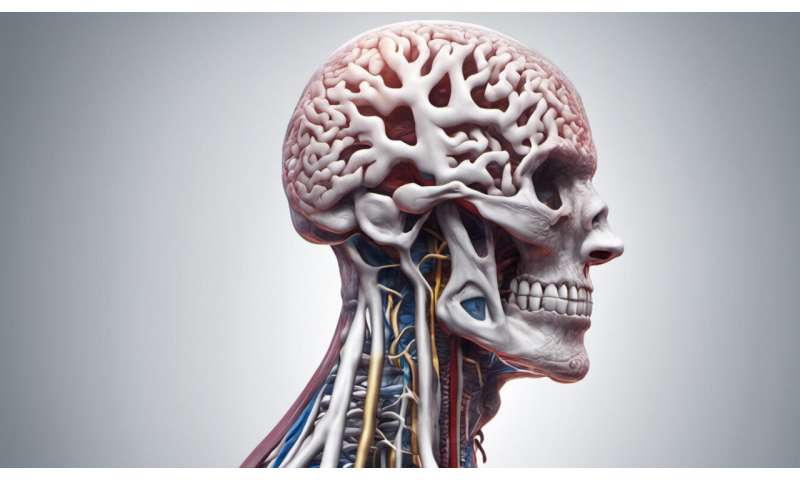I watched an interview today with the founder of Arcimoto, on the youtube channel called Hyperchange... and ... it really opened my eyes about toxic echo chambers.
The young guy, Gali, is a good guy. He's very enthusiastic about disruptive companies like Tesla, dives into the financials and makes (mostly) accurate videos about the whole thing. BUT he doesn't really understand the technologies and their implications in the real world.
Recently he has fallen into a trap called (Hippie) Arcimoto. He made an small investment in it and completely bought into the idea of unsafe transport, as I would call it.
Long story short, Arcimoto makes these three-wheel electric motorbikes and the CEO is spreading all kinds of misinformation about it. In the video above he talks about how great it is and at a point he says that it is safer than a Model 3, "because when you drive it, you know you'll have a bad day if you get T-boned, so you drive it carefully" and "the Tesla Model 3 has bad visibility in the rear window, so it's less safe for all vehicles in traffic.". I mean ... WTF did he smoke to claim such BS?!
If anyone knows how to contact him, please tell him I have a rock for sale, which will protect him against tiger, guaranteed.
This is a company that's going to FAIL and will have lots of blood on their hands, IMO ... because these vehicles are heavy enough to kill/cripple a bike/scooter rider, but lose when hit by even a small car.
In conclusion ... it's very dangerous to stop thinking objectively, listening to marketing garbage or people without sufficient knowledge... so ... yeah ... I UNSUBBED this Hyperchange channel, it no longer adds any value for me. 👎























